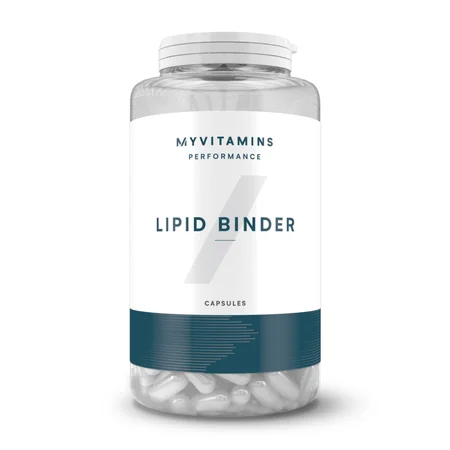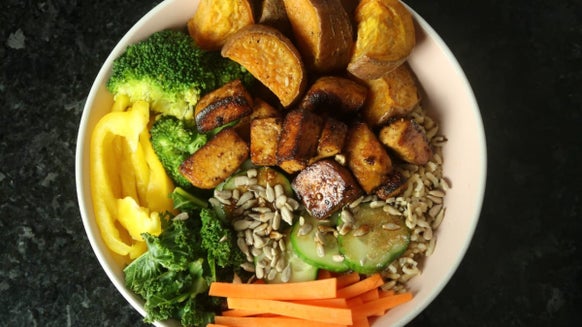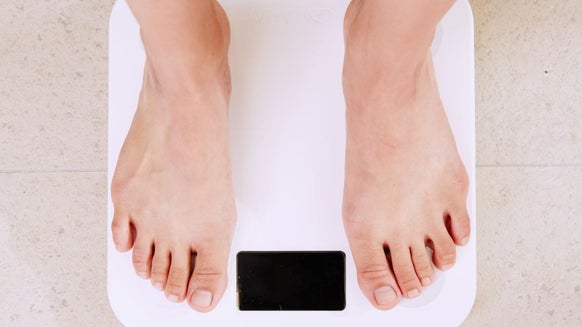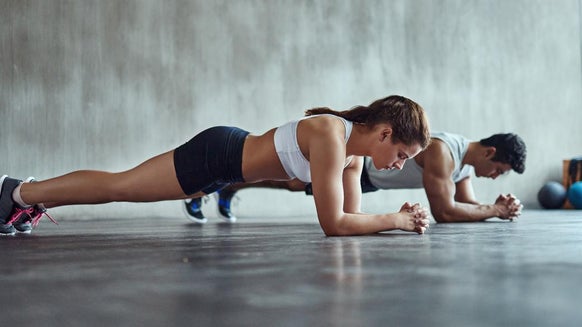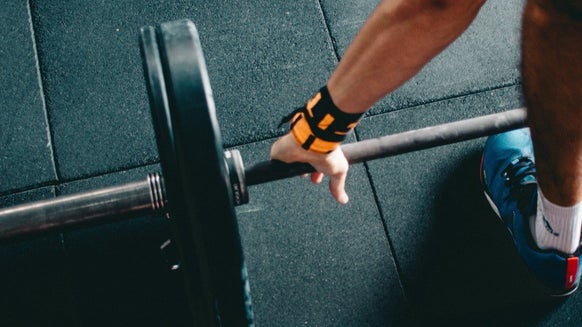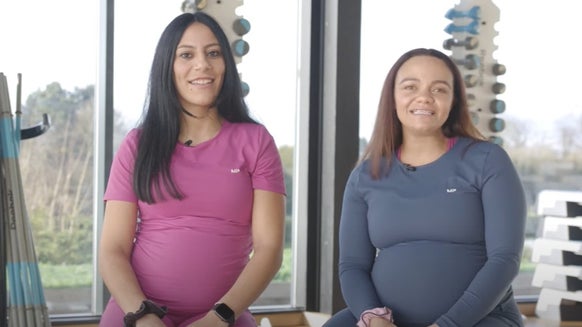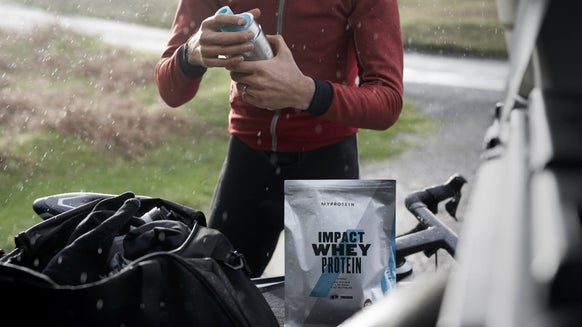
Cellulite is a very common, totally normal part of the body. However, there’s a lot of confusion surrounding the topic and how to get rid of it (or if you even can or should).
What is cellulite?
Many people are confused as to what cellulite actually is, and there’s a lot of misinformation out there. They key thing to remember is that cellulite is totally normal.
Cellulite is simply a collection of fat that expands and presses against the connective tissue of your skin in the areas in which you carry the most fat.
How to Reduce Cellulite
Exercise & hydration effects on cellulite
Not drinking enough water is another reason for more cellulite. Water helps to flush toxins out of the body and stop them from exiting through your skin, possibly creating spots, fat stores and bad odours. Drinking between 2-3L of water each day is recommended by health authorities and should especially be done when exercising in order to replenish the fluids lost during activity and prevent dehydration.
Nutrition to reduce cellulite
Smoking & alcohol
We’re all aware that smoking is bad for your lungs, mouth, throat and heart, but how about your skin? Smoking contains toxins which reduce the flow of blood vessels and restrict oxygen flow to the skin.
Nicotine is the addictive chemical within cigarettes that also reduces the skin’s ability to repair itself and can make areas containing cellulite appear worse than they are.
The calories we consume from alcohol can’t be utilised usefully by the body, which makes them free to be gained as fat if you’re in a caloric surplus (and that’s very easy to do while drinking alcohol).
Want more info on the impact of alcohol on our bodies?
Take home message

Claire is a Registered Dietitian through the Academy of Nutrition and Dietetics and a board-certified Health and Wellness Coach through the International Consortium for Health and Wellness Coaching. She has a Bachelor of Science in Biology and a Master’s degree in Clinical Dietetics and Nutrition from the University of Pittsburgh.
Talking and writing about food and fitness is at the heart of Claire’s ethos as she loves to use her experience to help others meet their health and wellness goals.
Claire is also a certified indoor cycling instructor and loves the mental and physical boost she gets from regular runs and yoga classes. When she’s not keeping fit herself, she’s cheering on her hometown’s sports teams in Pittsburgh, or cooking for her family in the kitchen.
Find out more about Claire’s experience here.
- Rawlings, A. V. (2006). Cellulite and its treatment. International journal of cosmetic science, 28(3), 175-190.
- Sawka, M. N., Cheuvront, S. N., & Carter, R. (2005). Human water needs. Nutrition reviews, 63(suppl_1), S30-S39.
- Black, C. E., Huang, N., Neligan, P. C., Levine, R. H., Lipa, J. E., Lintlop, S., … & Pang, C. Y. (2001). Effect of nicotine on vasoconstrictor and vasodilator responses in human skin vasculature. American Journal of Physiology-Regulatory, Integrative and Comparative Physiology, 281(4), R1097-R1104.
- Goodman, G. D., Kaufman, J., Day, D., Weiss, R., Kawata, A. K., Garcia, J. K., … & Gallagher, C. J. (2019). Impact of smoking and alcohol use on facial aging in women: results of a large multinational, multiracial, cross-sectional survey. The Journal of clinical and aesthetic dermatology, 12(8), 28.
